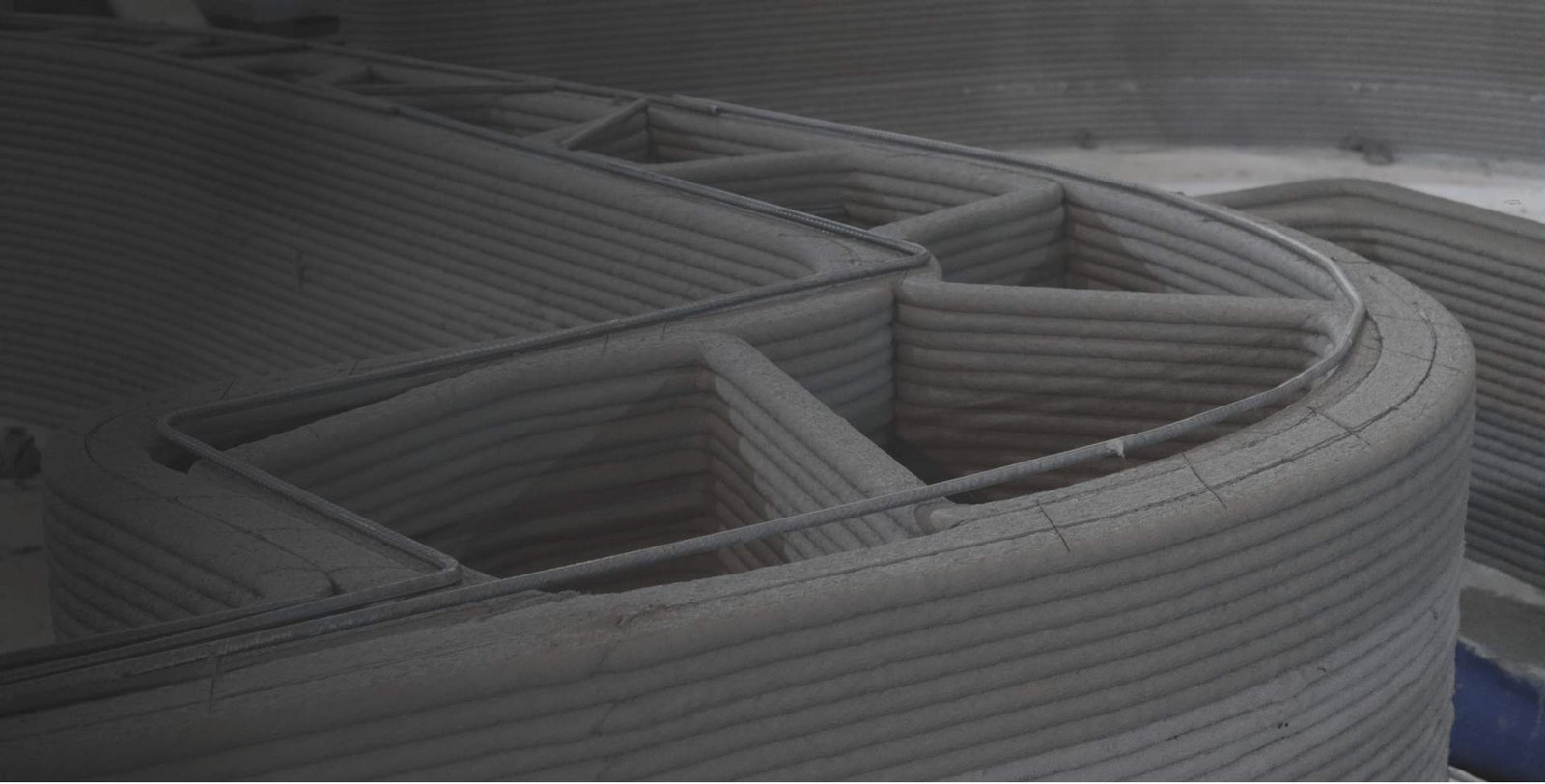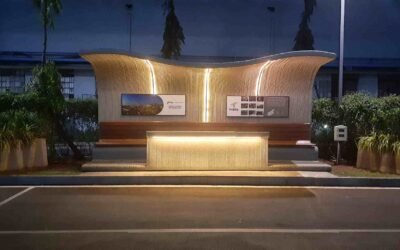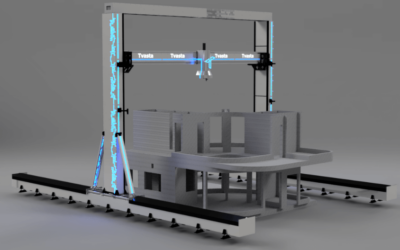3D construction printing is a rapidly evolving technology with the potential to transform the construction industry. As research and development in this field continue to advance, several key future trends are expected to shape the adoption and applications of 3D construction printing:
1. Expansion of Materials Portfolio:
- Trend: Research efforts are focused on developing a wider range of 3D printable construction materials, including sustainable and eco-friendly options.
- Impact: A broader materials portfolio will enable more versatility in construction projects, addressing both structural and environmental concerns.
2. On-Site 3D Printing:
- Trend: The trend is moving towards on-site 3D printing, allowing for immediate construction without the need for transporting pre-printed components.
- Impact: On-site 3D printing can reduce construction timelines and costs while increasing flexibility in design and customization.
3. Automation and Robotics:
- Trend: Increased automation and the use of robotics in 3D construction printing are expected to enhance precision and speed.
- Impact: Automation will lead to more efficient and cost-effective construction processes.
4. Integration with Building Information Modeling (BIM):
- Trend: The integration of 3D construction printing with BIM software will facilitate seamless design-to-construction workflows.
- Impact: BIM integration will improve project planning, accuracy, and collaboration among stakeholders.
5. Customization and Architectural Innovation:
- Trend: Architects and designers will increasingly leverage 3D construction printing for creating unique and innovative building designs.
- Impact: Expect to see more customized and architecturally daring structures.
6. Sustainable Construction:
- Trend: Sustainable and eco-friendly construction practices will be a central focus, with an emphasis on reducing material waste and energy consumption.
- Impact: 3D construction printing can contribute to sustainable construction by using recycled materials and minimizing waste.
7. Mass Production of Affordable Housing:
- Trend: The technology will be used for large-scale projects, such as mass-producing affordable housing in regions with housing shortages.
- Impact: 3D construction printing has the potential to address housing crises and provide cost-effective housing solutions.
8. Infrastructure and Disaster Relief:
- Trend: 3D construction printing will extend beyond buildings to include infrastructure projects and disaster relief efforts.
- Impact: Rapid construction capabilities will aid in disaster recovery and the construction of essential infrastructure.
9. Regulatory Frameworks and Standards:
- Trend: Regulatory bodies will develop specific guidelines and standards for 3D construction printing.
- Impact: Clear regulations will promote confidence in the technology and streamline approval processes.
The future of 3D construction printing is promising, with the potential to redefine construction practices, increase sustainability, and address critical housing and infrastructure needs. Continued collaboration between technology developers, construction professionals, and regulatory authorities will be essential to realizing these trends and maximizing the benefits of 3D construction printing.




